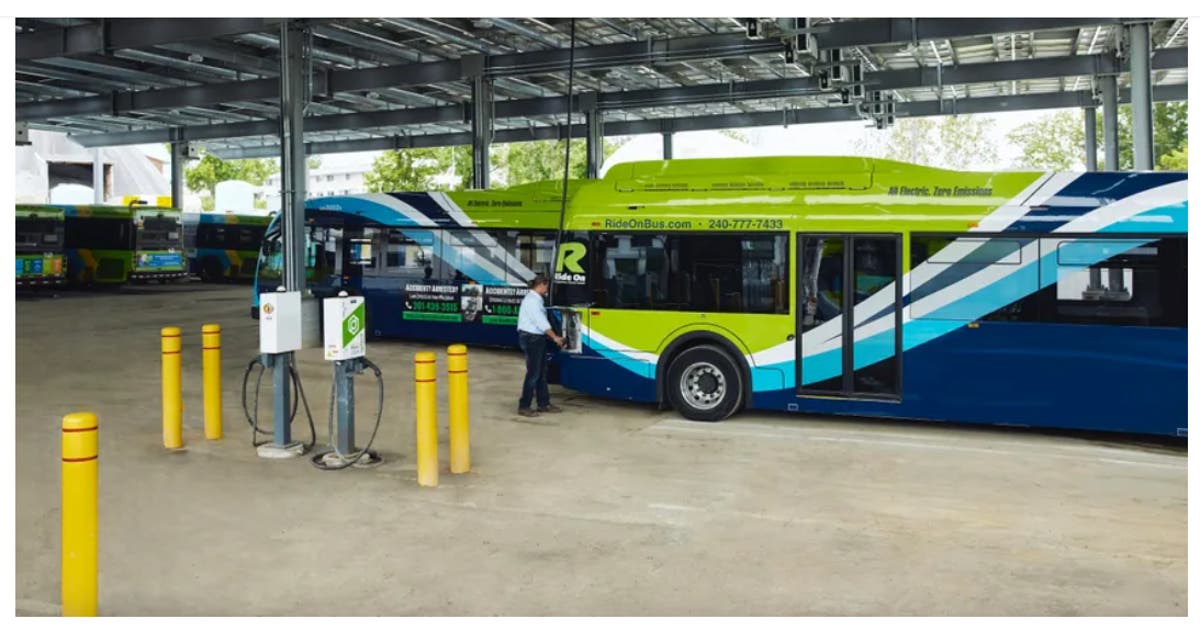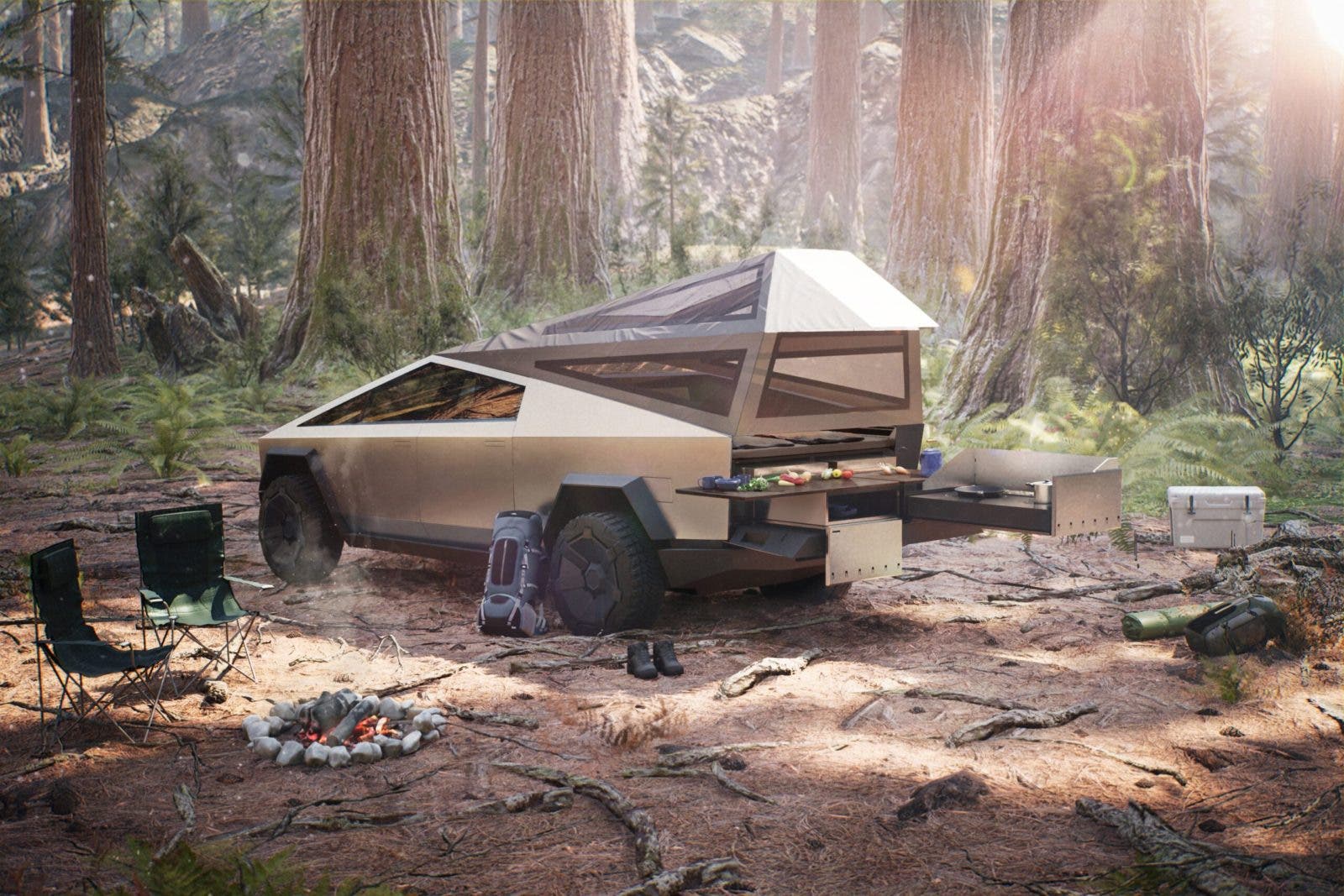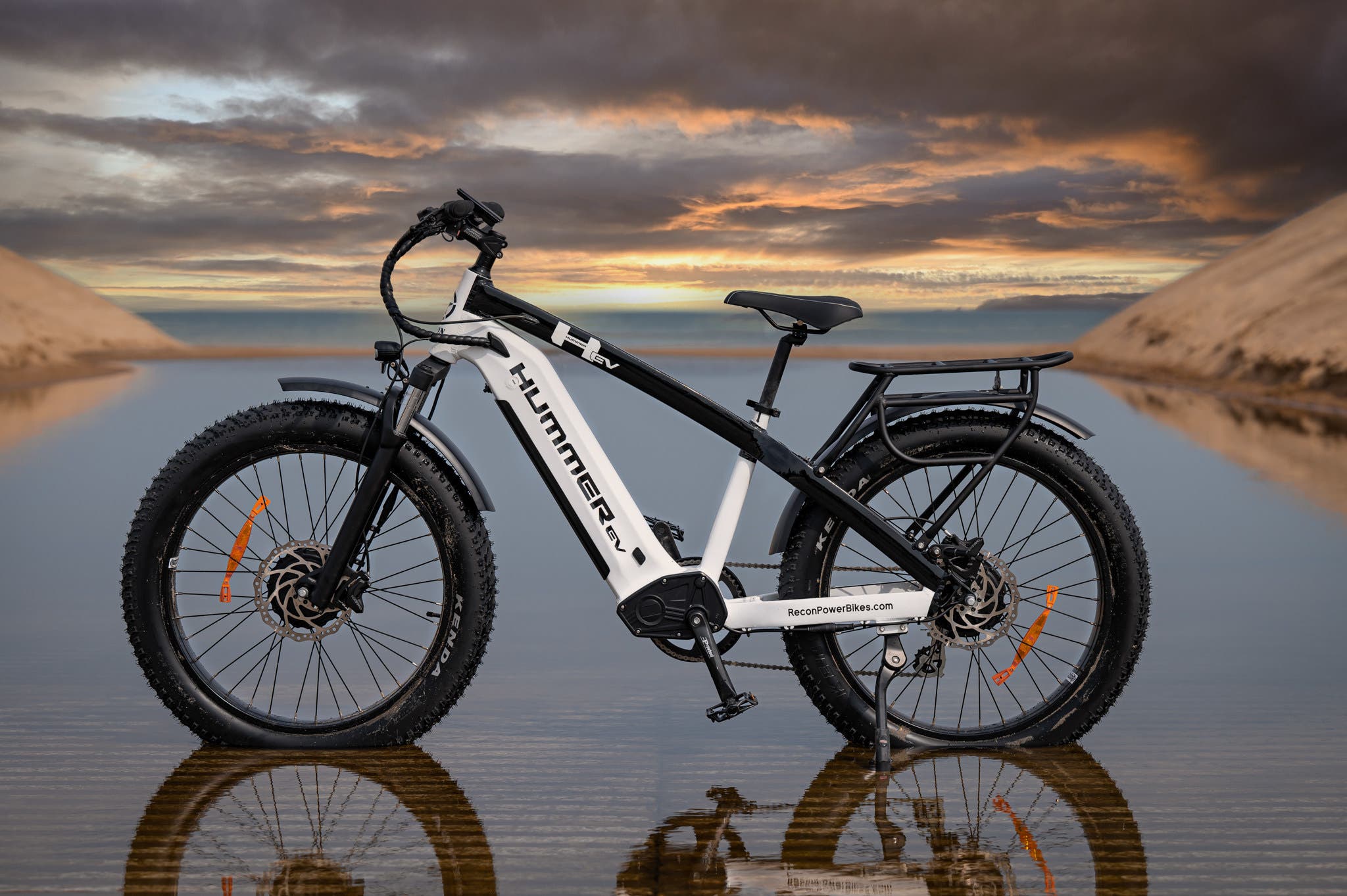In his book Renewable Energy and Storage for Everything , Mark Jacobson outlines a strategy for switching almost all of the world’s energy needs from fossil fuels to electricity. Before he completed his study and sketched out a strategy in his writings, most people hadn’t even considered topics like the production of steel and concrete or high-speed long-distance air transport, which he mentions.
In his book, he also outlines how we will use wind, water, and solar energy to generate this electricity in the quickest, most cost-effective, and least carbon-intensive manner conceivable. See also my post, Green Energy: Let’s Start with the Easiest, Smartest Things.
After electricity is produced in the least carbon-intensive manner possible, the fastest, most cost-effective, and impactful conversion from the usage of fossil fuels to electricity should be carried out first.
Private Light-Duty Electric Vehicles: I started with this category because it is well on its way to being completely replaced by battery electric vehicles for new car sales in nations like Norway, Germany, and China. Many of our readers, like myself, have already invested in electric vehicles, are largely driving them, and are working hard to spread the word about them. The public and policymakers will be encouraged to address the remainder of the issue if they see significant improvement in one sector, which is very visible.
How did Norway achieve a 90% share of new electric vehicle sales in a country where the extreme cold degrades battery efficiency and necessitates cabin heating? 1) Expensive gas (if you think gas prices in the US are high now, go to European countries that have very high gas taxes). 2) EVs do not have sales taxes (gas vehicles sales are heavily taxed). 3) Free ferry and highway charges. 4) Use of HOV and bus lanes. Furthermore, Norway has relatively low vehicle sales, thus there was no issue with EV producers being able to provide the demand.
Although Germany and China account for 26% and 28%, respectively, of global new EV sales, other nations with somewhat larger or significantly larger car sales are well on their way. Regulations and incentives for EV adoption are also present in China and Germany.
The majority of other nations with significant car sales have adoption rates above the 5% or 10% threshold, which is a common sign of a new technology market takeover. The new BEV adoption rate has already surpassed 5.6% in the US, where federal subsidies for Tesla, GM, and Nissan have almost or entirely run out. Making enough batteries to power EVs and converting a sizable portion of the automobile industry to them is now the biggest challenge. Tesla, the market leader, will soon have huge factories in Fremont, California; Austin, Texas; Shanghai, China; and Berlin, Germany, producing 3 million electric vehicles annually. Three times the size of the US pentagon, Tesla Giga Texas is the largest structure in the world and will eventually produce millions of Model Ys, Model 3s, Cybertrucks, and Tesla Semis annually. But with 67 million new cars sold annually in the global market, this is still a drop in the ocean. Along with Ford and GM, other businesses like as Volkswagen in Europe and BYD in China are dedicated to rapidly increasing the production of electric vehicles. However, there are still businesses like Toyota and Honda who are doing all in their power to delay the transition to EVs. In order to switch completely to electric propulsion, the industry as a whole will need to make the shift to BEVs swiftly.
Heavy-Duty Electric Vehicles: This class of vehicles is significantly smaller overall, but they have much higher duty cycles, and diesel engines typically pollute more. Even though Tesla is the leading proponent of battery electric power for long-distance heavy-duty trucks, manufacturing of the Tesla Semi has been delayed for several years mostly due to a shortage of high-performance batteries. However, many heavy-duty semis use predictable short-range routes, and many businesses already provide BEVs for this application, including Volvo, Mercedes, Lion, etc.
Commercial electric vehicles: Fleet vehicles can have very high duty cycles. Many organizations, including Hertz, Amazon, and Walmart, have ordered tens of thousands of BEVs for their fleets. Unfortunately, their vendors, including Tesla, Rivian, and Canoo, have only made a small number of deliveries thus far. Even the USPS intends to use electricity to power 20% of the new vehicles it purchases as part of its extensive vehicle replacement program. We can only hope that sufficient political pressure will be used to increase this percentage to nearly 100%.
Within five years, global new electric vehicle adoption is quite likely to exceed 50% of new vehicle sales. However, even when that percentage reaches 95%, it will take at least another ten years for the global fleet to reach such levels.
Electrified Heating and Air Conditioning: Since the 1960s, when heat pump technology first became widely used in warm areas, all air conditioning has been completely electrified. Resistance electric baseboard heating has been used to heat homes for a long time. Resistance heating is more expensive and less effective than fossil fuels like gas and oil, which have been the standard for the previous 75 years. The most effective electric heating technology is heat pumps. Heat pumps are currently usable in frigid climates and have recently improved in efficiency. They can employ resistive heating or a subterranean heat source to stay operational on the coldest days in extremely cold locations. Additionally, heat pumps that effectively heat and cool with a single unit can be used. Unfortunately, the high upfront cost of heat pumps for heating makes them a challenging option for improvements as well as for furnace replacement when necessary due to furnace failure. Government subsidies must be significant for this to happen rapidly and widely. Installing heat pump systems that can both heat and cool a building is significantly more practical. Building codes must be amended in order for this to occur on a large scale. For the first time, some cities are officially outlawing fossil gas hookups in brand-new buildings. Such regulations will hasten the uptake of two-way heat pumps for heating and cooling.
Germany in particular and all of Europe are at risk of being blackmailed by their Russian supplier by having their access to fossil fuels shut off. Germany needs to quickly implement a big switch to heat pump technology if it wants to prevent having homes freeze this winter. It might also receive some liquefied natural gas (LNG) by ship from the US and other nations, but that won’t come close to making up for the complete shutdown of the Russian fossil gas pipelines this winter.
Buildings with zero energy consumption: I’ve already discussed how traditional structures can be heated and cooled without the usage of fossil fuels. The energy need of buildings can be reduced to almost nil by utilizing conservation strategies that utilize the highest levels of insulation and complete air leakage elimination. For many houses and buildings, this is an important stage.
Another area where it can be assumed that electric propulsion is impossible is in the field of electric shipping. However, modern short-range ferries and other ships are now propelled by electric motors and batteries. For massive ships that cruise for weeks across oceans, it is not imaginable how to do this. Long-distance shipping can now use up to 20% less fossil fuel thanks to new technology including vertical rotating sails and kite-style sails. To power long-distance ships, however, using electricity is probably only feasible in two steps. Green hydrogen may be created from surplus electricity generated by wind turbines and solar panels, and fuel cells can then convert that hydrogen back into electricity to power long-distance, carbon-free shipping.
Electric Aviation: A lot of businesses are working hard to power short-range commuter planes and drone-style vertical takeoff planes with electric motors and battery technologies. These planes’ ranges will increase as battery technology advances. Most likely, green hydrogen and fuel cells would be used to power mid-range aircraft electrically. Green hydrogen would need to be burned directly or used to create green jet fuel in order to power long-range aircraft.
Electric Steel and Cement Production: Although I am not an expert in this field, I presume it would necessitate using green hydrogen burned either directly or as a component of a required kind of green fuel. For more information on green steel and cement, peruse our archives.
Electric Everything: For CleanTechnica, I wrote a series of articles titled “Electric Everything” that detail how nearly every product I and my readers might imagine are now available in battery-powered variations. Nevertheless, compared to the items on the above list, the most of them would not have a significant impact on the amount of fossil fuel reduction.
Please use the comment box to add anything I may have forgotten or to share your ideas for electrifying anything.
Do you value the unique reporting and cleantech news coverage on CleanTechnica? Consider becoming an Patreon patron or a CleanTechnica member, supporter, technician, or ambassador. Don’t miss a cleantech story, will ya? Subscribe to daily news updates from CleanTechnica by email. Or follow us on Google News Want to advertise with CleanTechnica, send us a tip, or propose a speaker for our podcast CleanTech Talk? You can reach us here.







